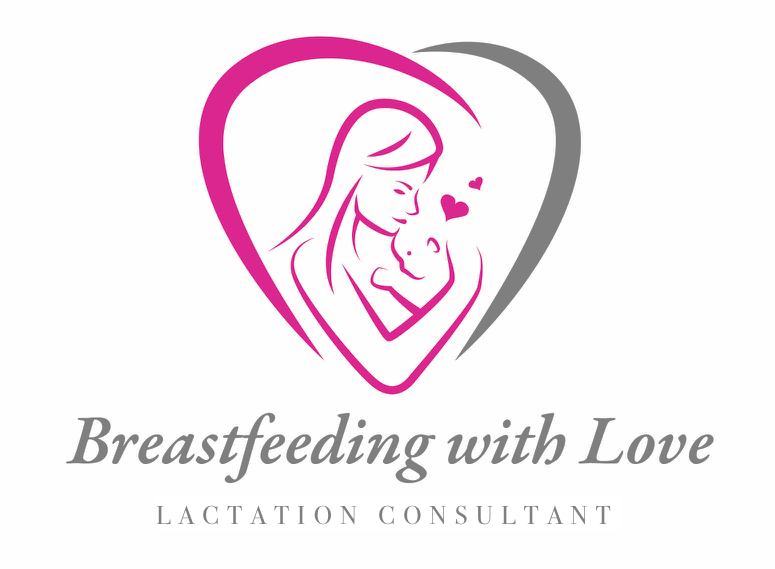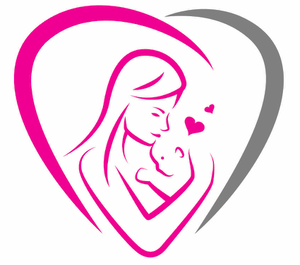Pros and Cons of Craniosacral Therapy for Breastfeeding
Breastfeeding provides numerous benefits for both mother and baby. However, some infants experience challenges due to physical discomfort or structural issues. Recently, many International Board Certified Lactation Consultants (IBCLCs) have started recommending Craniosacral Therapy (CST) to help address these concerns.
What is Craniosacral Therapy?
Craniosacral Therapy is a gentle, hands-on technique that involves light massage to release tension and improve mobility throughout the baby's body. According to IBCLCs, CST is particularly helpful in reducing restrictions and tightness around the mouth, which can improve a baby's latch and overall breastfeeding experience.
Beyond oral concerns, babies may have other areas of tension, such as tightness where the head meets the neck. IBCLCs often find that Craniosacral Therapy can help with conditions like torticollis, where a baby tends to favor looking to one side. By improving tissue mobility, CST can reduce tension patterns throughout the body, promoting better movement and comfort, as many IBCLCs have observed.
Pros of Craniosacral Therapy for Breastfeeding
Relieves tension in the baby’s neck, jaw, and mouth, making breastfeeding more comfortable—an advantage frequently noted by IBCLCs.
Improves oral mobility by enhancing the baby’s latch, which can lead to a more effective and pain-free nursing experience, as recommended by IBCLCs.
Supports overall body alignment by reducing tightness and tension in various areas, which may contribute to better feeding posture and comfort, a benefit highlighted by numerous IBCLCs.
Cons of Craniosacral Therapy for Breastfeeding
Risk of improper technique: If not performed by a trained professional, CST could be too forceful or misapplied, causing discomfort or potential injury. IBCLCs stress the importance of finding a qualified therapist.
May not address the root cause: Some breastfeeding issues, such as a poor latch or tongue tie, require medical intervention rather than massage therapy alone. IBCLCs often recommend additional assessments for these cases.
Limited scientific evidence: While many parents and IBCLCs report positive results, research supporting CST’s effectiveness for breastfeeding difficulties is still limited.
Potential financial burden: CST sessions may not be covered by insurance, making them an additional out-of-pocket expense. IBCLCs advise families to consider cost and coverage before proceeding.
What to Expect During a CST Session
During a Craniosacral Therapy session, the baby is usually positioned on a parent’s lap or a massage table. A trained practitioner—such as a pediatric physical therapist, nurse, or licensed massage therapist with CST training—applies gentle, targeted pressure to specific areas. IBCLCs often reassure parents that the treatment is not painful and is generally well-tolerated by infants.
Conclusion
While Craniosacral Therapy is considered safe when performed by a trained professional, IBCLCs emphasize that it should be seen as a complementary therapy rather than a primary treatment for breastfeeding difficulties. Since scientific evidence on its effectiveness remains limited, IBCLCs recommend consulting with a pediatrician before considering CST, especially if the baby is struggling with breastfeeding.

